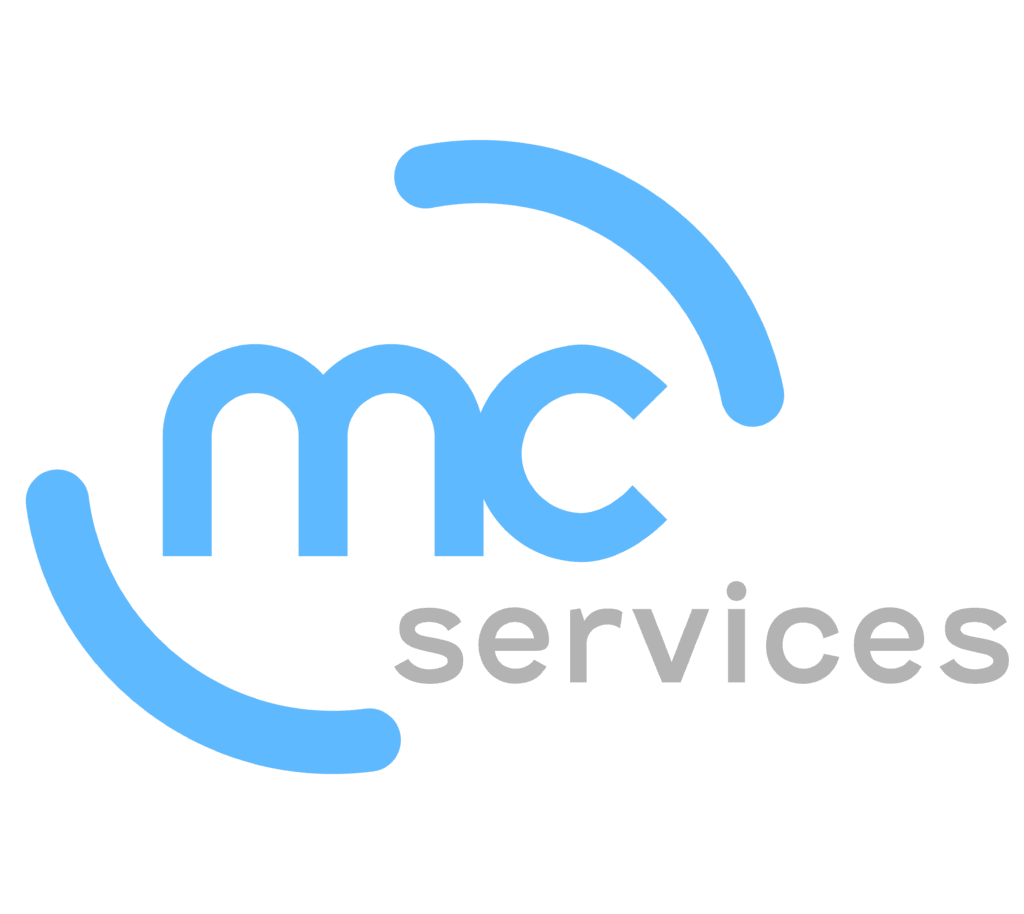With FIleMaker Pro, users can access their business data no matter where they are or what device they're using. As helpful as access is, however, data is useless if it cannot be consumed and interacted with in a clean, intuitive user interface. To reach that end, FileMaker Pro also gives businesses the flexible, programming-free design tools they need to make their databases user-friendly. In this post, we will review some simple best practices that will keep your designs both aesthetically pleasing and easy to use.
Be consistent
A consistent design gives users a feeling of continuity within the database, holding the application together as a single integrated solution rather than a series of functional pages. Users working in an application designed with consistency in mind can quickly establish an accurate mental model of the way the solution should work, reducing necessary training and support costs. To stay true to a consistent model when designing and placing layout objects inside your FIleMaker database, stick to these guidelines:
- Objects should perform the same action on all layouts.
- They should reside in the same location on all pages, when applicable.
- Layout objects should be labeled the same across all pages.
- When applicable, objects used on one page should appear the same way on all other layouts in which they are used.
Choose fonts carefully
FileMaker Pro does not install any fonts onto your system, so you must choose a font you already have installed. While there are many preloaded fonts to choose from, however, not all are appropriate for use in a database solution. When choosing a font, remember these best practices:
- Choose fonts that are standard across all platforms to avoid compatibility errors.
- San serif fonts, such as Verdana, Arial, and Trebuchet MS, are easiest to read on electronic screens.
- Limit the number of fonts you use on a given layout. Consider using just one font for headings, one for field labels and one for field contents.
Organize objects in a grid
The grid tool is not only useful for making sure content and objects are properly aligned, but it also promotes an organized and systematic approach to building layouts. Use the non-printing grid lines to organize the space in your layout before you begin placing items. Using the same grid layout across similar pages in your layout will contribute to the design's consistent, integrated feel.
One popular way designers utilize the grid system to create compelling layouts is to use the "rule of thirds." Placing the main focus of your page where horizontal and vertical lines dividing the page into thirds intersect causes it to catch users' attention as well as interact well with other objects on the page.
For more FileMaker support, or to sharpen your skills with professional FileMaker training, contact MC Services today.
